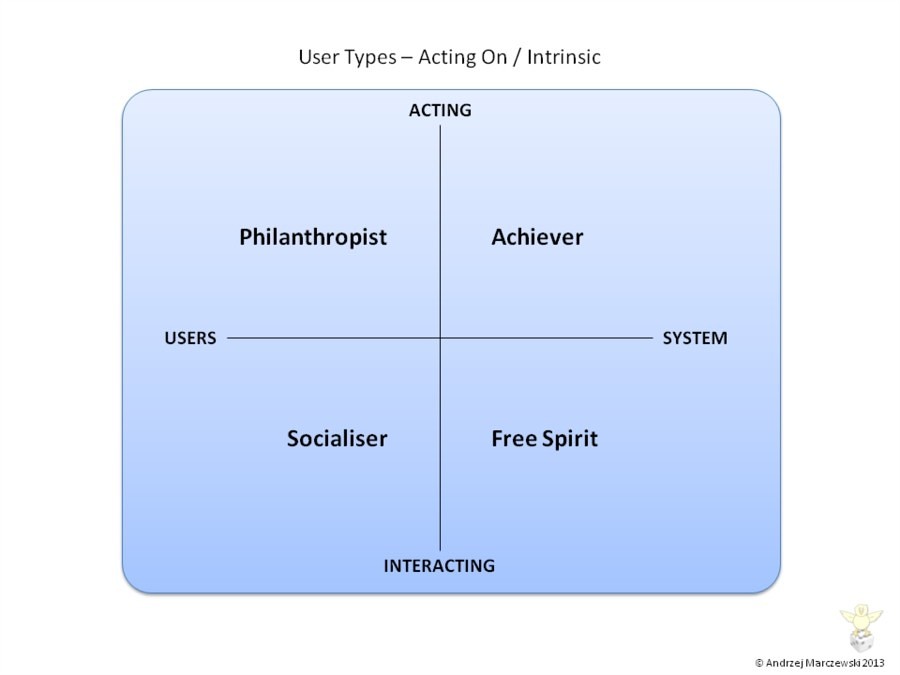Last week I had the opportunity to present at the fabulous Gamification World Congress 2013. Among other things, it was the first and probably only times I would see my face on a 10 foot screen on the front of a building!
Another highlight in a day of highlights, was getting the opportunity to spend a few hours with Richard Bartle. Many of you will have seen me mention him before, the creator of the Bartle Player Types. These types are often spoken about by people involved in gamification and are one of the main inspirations for my User Types. Originally written to model the behaviour of players in his MUD virtual world (the grandfather of all MMO’s like World of Warcraft), the Bartle Player Types have also been adopted by many in gamification.


